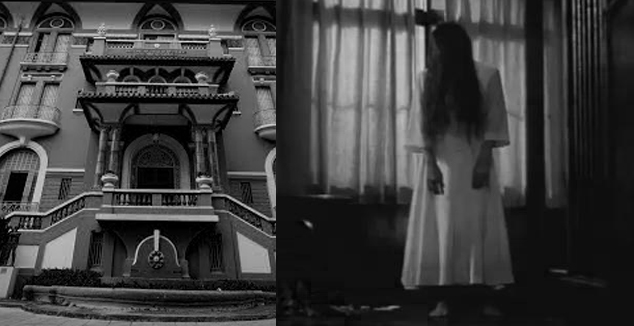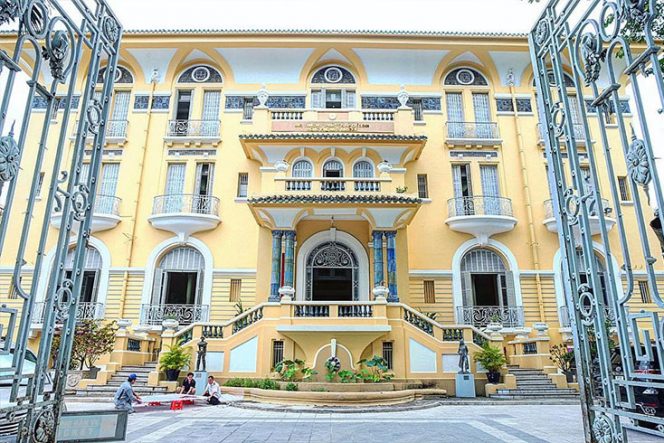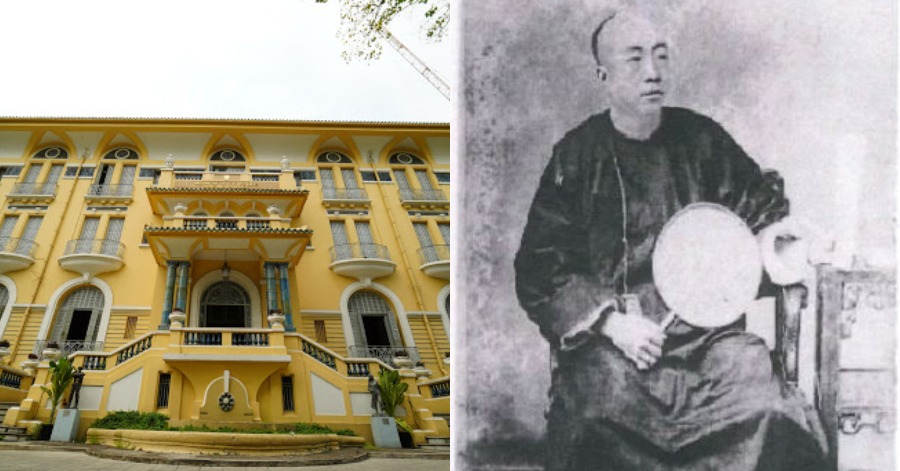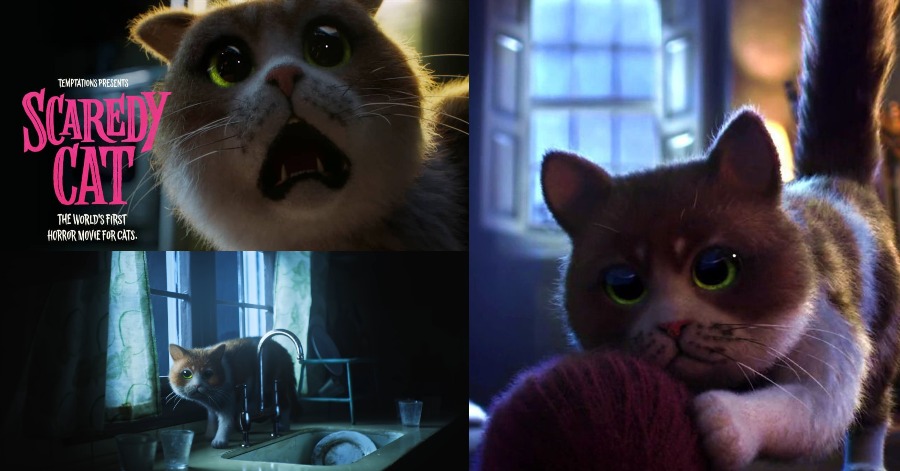Every now and then, everyone enjoys a good scary story to satisfy our insatiable desire to scare ourselves stupid. There’s going to be a scary and incomprehensible story or two in every country, and Vietnam is no exception.
It’s no wonder that the stories here range from the ludicrous to the downright eerie, given this is a country with a strong traditional culture, a strong belief in feng shui, and a very deep past, some of which was tragic. The ghost who roams the corridors of what is now the Ho Chi Minh City Museum of Art on Pho Duc Chinh Street in District 1 is one of Saigon’s most well-known stories.

A Chinese immigrant named Hui Bon Hoa or Hui Bi Hua arrived in Saigon in the late 1800s. He arrived pennilessly and went on to become one of the city’s wealthiest men. Some claim he discovered valuable antiques while collecting recycled bottles in waste heaps, while others claim he discovered valuable antiques and traded them. He became Saigon’s “king of real estate” and his business flourished in the early twentieth century, regardless of how he earned his riches. His holdings were estimated to be worth 20,000 residences. He was, in a nutshell, extremely wealthy.
Hui Bon Hoa and his family were well-known for their contributions to the construction of public buildings such as hospitals and pagodas. Some of its structures, including the Government Guest House, Tu Du Maternity Hospital, and the Majestic Hotel, are still in operation today.
Hui had many children consisting of three boys, all of whom went to university in Europe, but only one daughter, whom he cherished. Until all of a sudden, she was nowhere to be found and people began hearing agonizing sobs coming from Hoa’s house, the structure that now houses the Ho Chi Minh Museum of Fine Arts. Residents learned from an announcement one morning that the girl had died of a severe illness and that the family had requested a private funeral.

According to legend, she developed leprosy during a city-wide epidemic and was confined to an upper-floor bedroom. Leprosy was regarded as more of a curse than an illness at the time. The family, ever superstitious and sensitive of their public image, chose to conceal their daughter’s leprosy diagnosis and declared that she had died of a “mystery disease,” followed by a public funeral to put the subject to bed.
Hua’s daughter, on the other hand, was imprisoned in her room, her meals slid through a gap at the bottom of the door. They kept her locked up in her room for years until the loneliness and suffering of being isolated drove her insane, and she committed suicide. She was said to have hanged herself in some versions of the narrative, while another version alleges she burned herself alive. Many individuals have claimed to have seen the ghostly form of a woman roaming the halls of the building since then, as well as hearing the plaintive sound of someone crying in the dead of night.
For some people, the story was otherwise. According to legend, the pretty girl was turned into a monstrous creature and imprisoned in a room where servants fed her via the aforementioned hole. Isolation drove her insane, and she wailed helplessly from that cell before withering away to a lonely death. Hui couldn’t bury her in the ground because of his grief, so he created a stone casket and placed her inside. People claimed that they could still hear her crying in the middle of the night.
As a superstitious tribute to his daughter, Hui bought a white dress and a doll and had a maid carry them together with a plate of rice to the chamber where the coffin sat on the one-year anniversary of her death. When the maid returned to remove those items, she was shocked to discover that half of the rice had been consumed. She peered through the hole with curiosity and discovered the girl in the white dress sitting up in the coffin, holding the doll. “My lady is returned!” the maid cried with all her strength. Hui then made the decision to bury his daughter’s body in secrecy.
Today, Hua’s exquisite home displays artwork for the enjoyment of locals, tourists, and, perhaps, the ghost of their fair daughter as night falls.
Sources:Secret Retreat, Saigoneer, City Pass Guide, The Smart Local









Leave a Comment